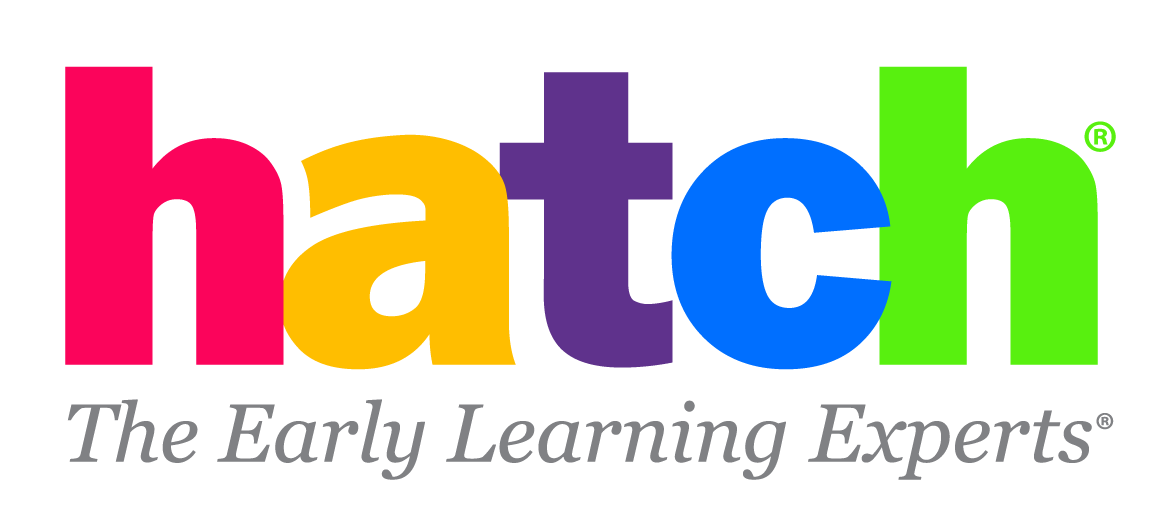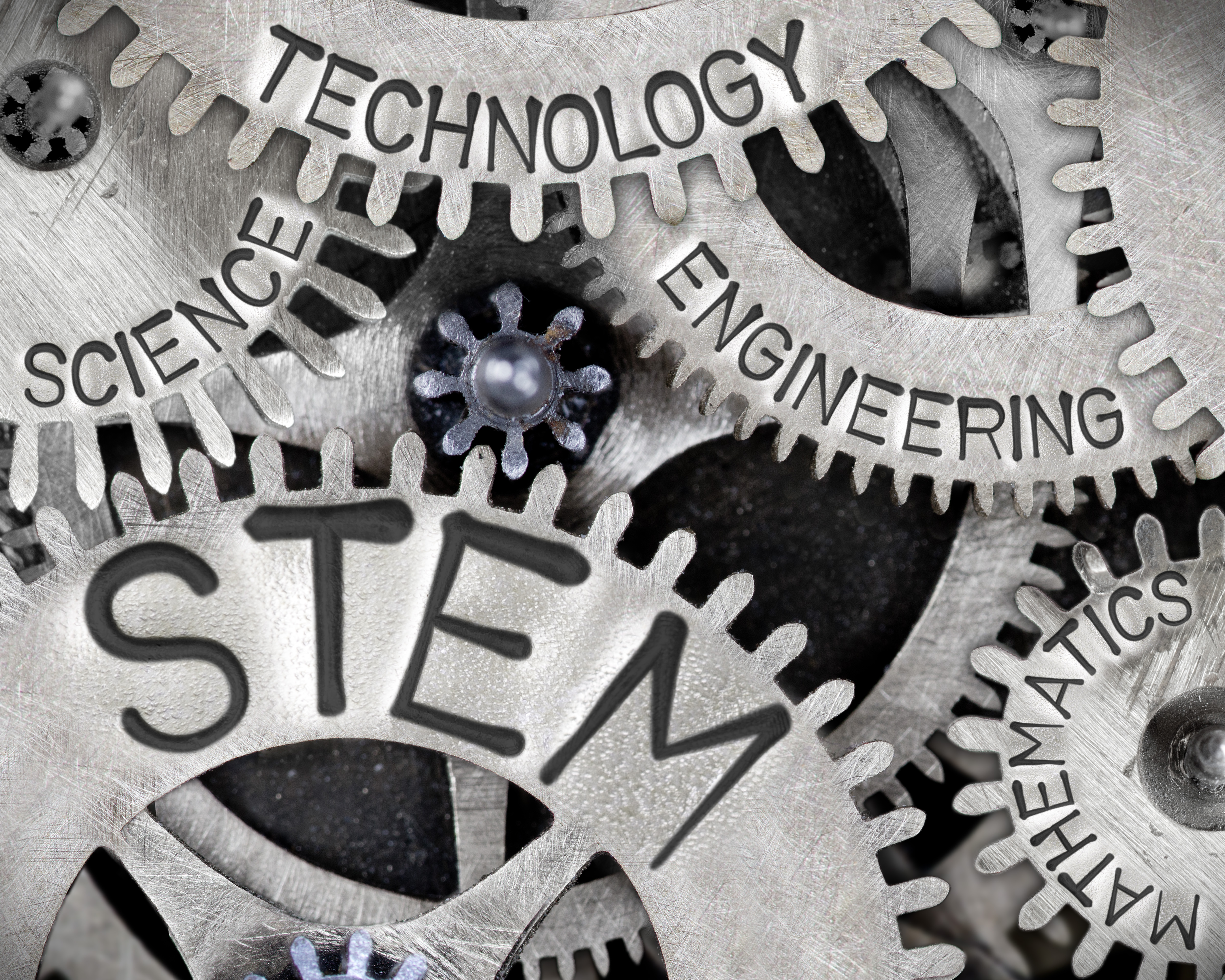In today's rapidly evolving world, where technological advancements are transforming every aspect of our lives, it is imperative to equip young learners with skills that will enable them to thrive in the future. As educators, it is essential to recognize the significance of incorporating diverse learning approaches that stimulate children's curiosity and problem-solving skills. One such approach that has gained recognition in recent years is the integration of engineering concepts and principles into early childhood curricula.
Incorporating engineering experiences allows young learners to engage in critical thinking, problem-solving, and collaboration. It fosters creativity, persistence, and resilience while nurturing a love for exploration and discovery. By encouraging children to think like engineers, educators empower them to identify problems, brainstorm solutions, design prototypes, test their ideas, and improve upon those ideas iteratively. This iterative process not only cultivates essential STEM (Science, Technology, Engineering, and Mathematics) skills, but it also nurtures critical life skills, such as resilience, adaptability, and perseverance.
The integration of engineering in early childhood education offers numerous benefits to young learners. First, it instills a sense of curiosity and wonder, encouraging children to explore and investigate the world around them. It helps them develop a growth mindset, where challenges are seen as opportunities for learning and growth. At Hatch Early Learning, we emphasize the role of engineering in promoting curiosity and problem-solving skills. Engineering activities provide open-ended challenges, encouraging children to explore, experiment, and find innovative solutions. By engaging in engineering activities, children develop resilience, perseverance, and a sense of curiosity that fuels their thirst for knowledge and exploration.
Second, engineering activities promote critical thinking and problem-solving skills. By engaging in the design process, children learn to analyze problems, generate multiple solutions, and select the most appropriate one. They develop their ability to think logically, make informed decisions, and adapt their strategies as needed. For example, if children are trying to construct a bridge to drive their cars over, they will need to work together to come up with ideas for the materials that they should use or the placement of the bridge and then determine which idea they want to implement.
Third, engineering experiences foster collaboration and communication skills. Early childhood engineering activities provide a platform for children to work together in teams, share ideas, listen to others, negotiate solutions, and communicate their thoughts and feelings. By engaging in group projects, children develop essential social skills, learn to appreciate diverse perspectives, and enhance their ability to articulate their ideas—all valuable assets for their personal and academic growth.
Fourth, integrating engineering into early childhood education also helps children understand the real-world applications of scientific and mathematical concepts. By engaging in engineering projects, children can explore how their learning connects to the world around them, fostering a sense of relevance and purpose. Additionally, exposure to engineering at an early age can inspire children to pursue careers in STEM fields, bridging the gender and diversity gaps that are prevalent in these professions.
While engineering can be an overwhelming topic for early childhood educators, we at Hatch work to help educators understand how engineering activities in early childhood education support holistic development through children's gameplay and through classroom activities for educators to use. Such activities integrate various domains of development, including cognitive, social, emotional, and physical skills. For instance, when children construct a bridge using blocks, they enhance their fine-motor skills while also learning about stability, balance, and weight distribution. This interdisciplinary approach helps children make connections across different areas of knowledge and strengthens their overall development. As young children play through the games in our Ignite by Hatch™ learning solution, we support and assess their engineering abilities in areas such as the following:
- Identifies simple tools in everyday life
- Demonstrates an understanding of the uses of simple tools in everyday life
- Explores simple science tools and their uses
- Identifies simple science tools
- Demonstrates an understanding of the uses of simple science tools
- Identifies awareness that tools can used effectively or ineffectively
- Explores technology used for learning, adapting, and investigating
- Explores technology used to solve problems, design solutions, or create something new
Engineering in early childhood education brings immense value to the learning experiences of young children. By nurturing creativity, critical thinking, collaboration, and problem-solving skills, engineering activities promote holistic development and lay the foundation for lifelong learning. As educators, it is crucial to embrace the power of engineering in early childhood education and provide children with opportunities to explore, experiment, and develop a deep understanding of the world around them. By embedding engineering in early childhood education, we foster a lifelong love for learning and empower children to shape their future and make a positive impact on the ever-changing and increasingly complex world.

